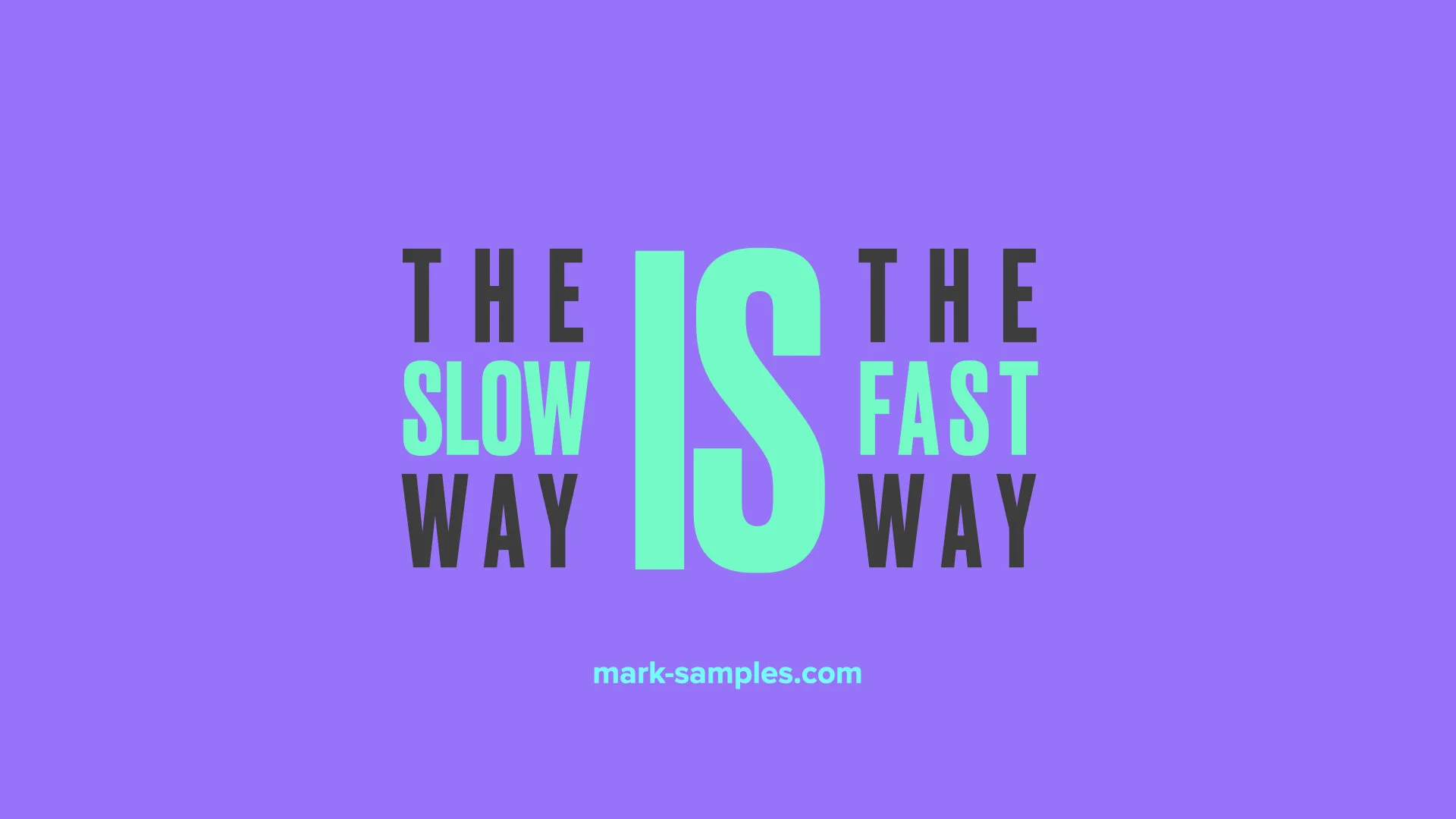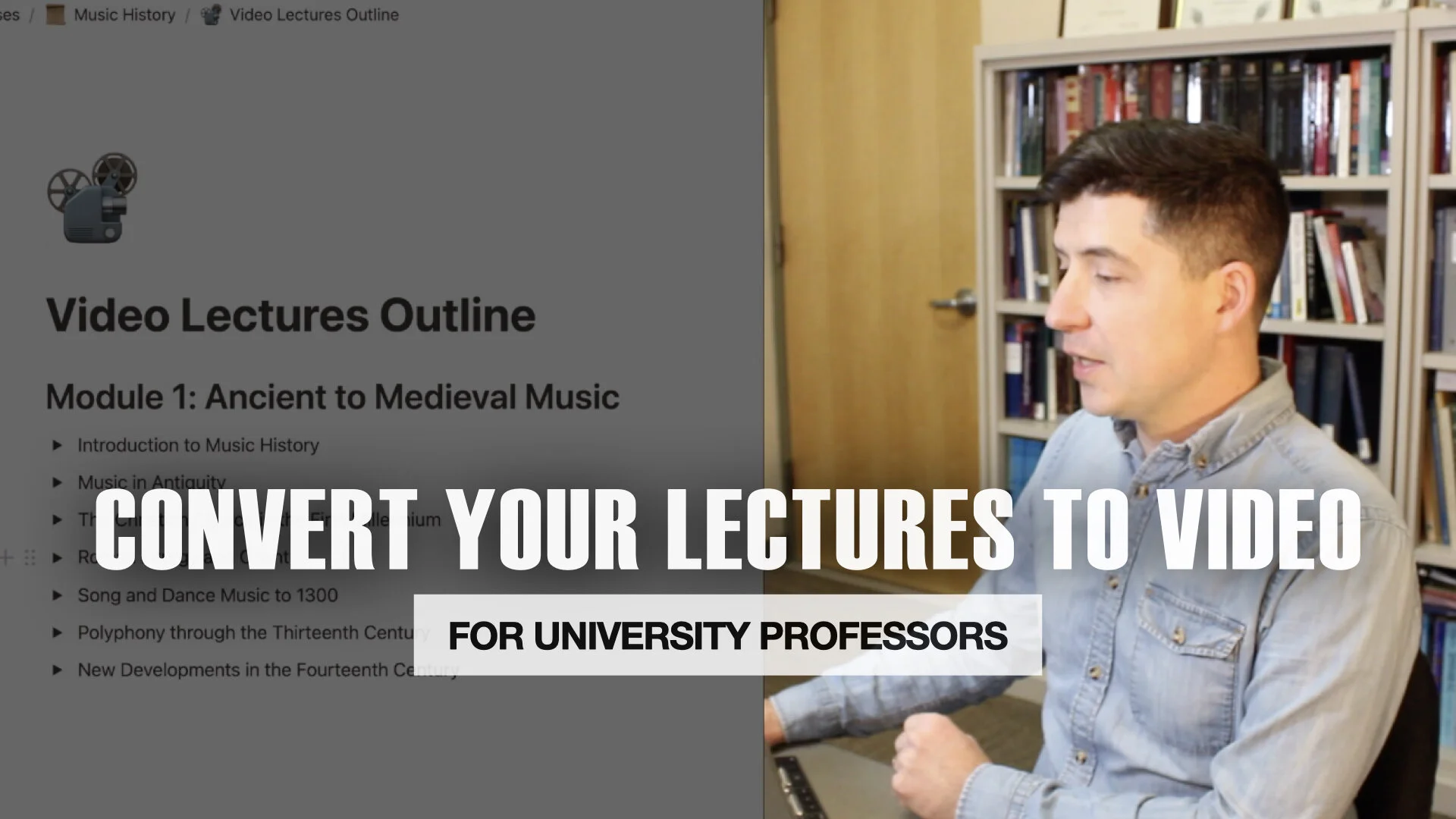A couple years ago, Billy was just a ski instructor and recent college graduate who wanted to be a writer. After becoming interested in Holiday’s books (Obstacle Is the Way, Perennial Seller, and others), he sent Ryan an email thanking him for his work, and offered to help out on any projects Ryan might have for him. He sent the email and moved on with his life.
Then Ryan wrote back.
Read More








![Why Research Is a Superpower [Video Version]](https://images.squarespace-cdn.com/content/v1/53973821e4b0c9003b631e5b/1613479356217-SDLKFLUWZRTF0Y7W1PY1/Why+Research+Is+a+Super+Power_title+slide.001.jpeg)




![Three Levels of Video Editing for University Professors [Video Tutorial]](https://images.squarespace-cdn.com/content/v1/53973821e4b0c9003b631e5b/1612271162224-4I947TTVIAQ7T8GRQR43/Youtube+Title+Slides.001.jpeg)

![How to Make Simple Edits to Your Video Lessons—For University Professors [Video Tutorial]](https://images.squarespace-cdn.com/content/v1/53973821e4b0c9003b631e5b/1611846528138-BBDLQGNA9POP31X4JVFX/Youtube+Title+Slides.002.jpeg)

